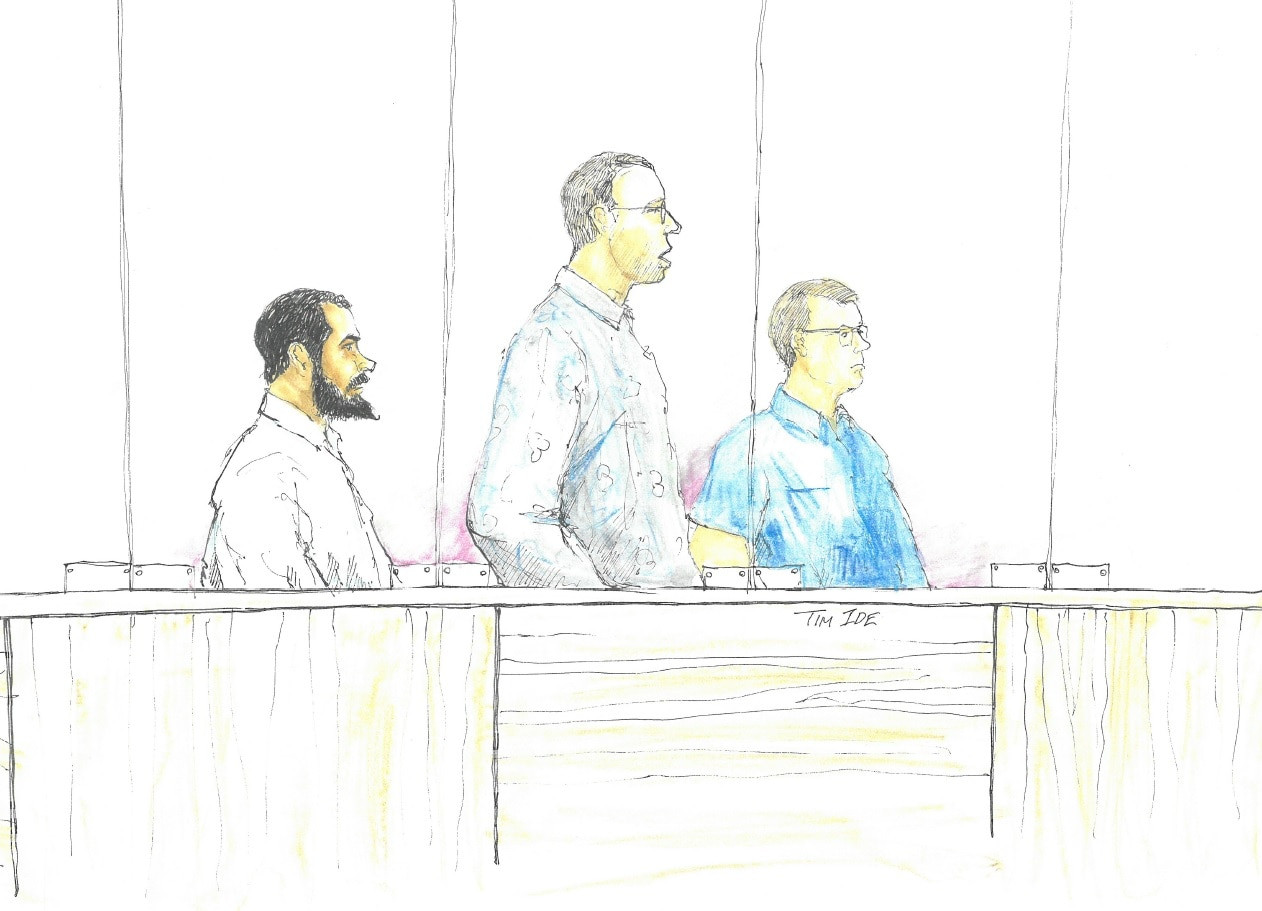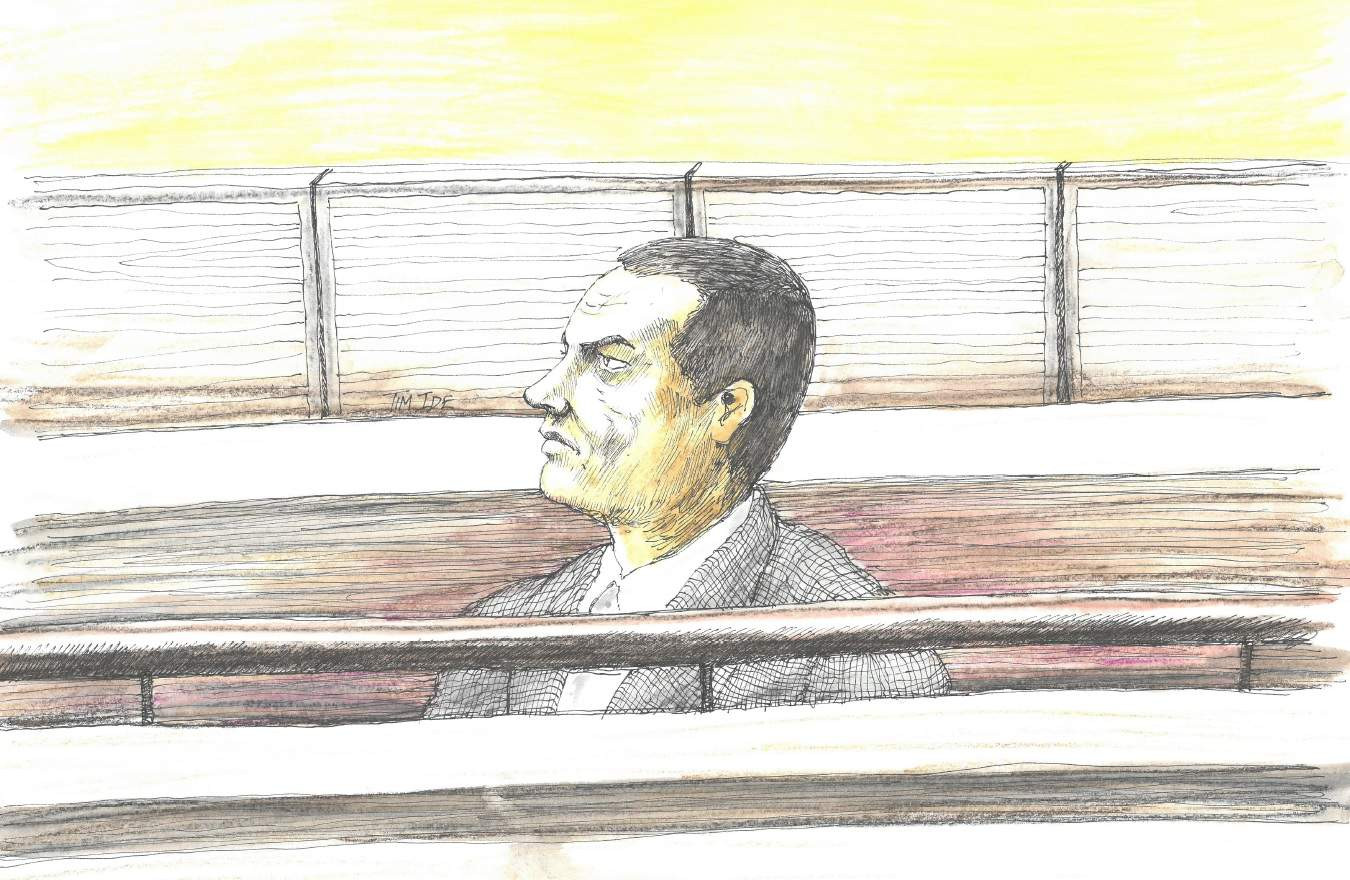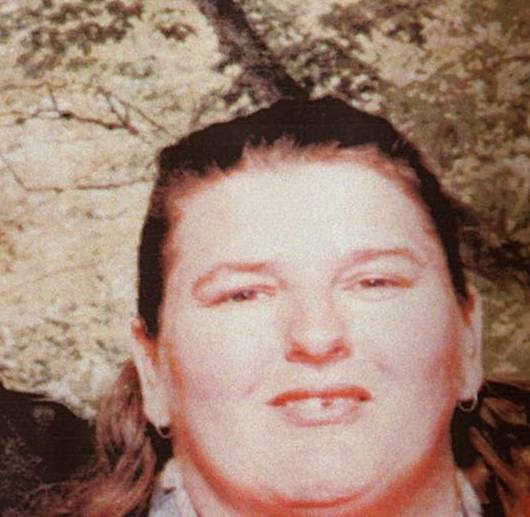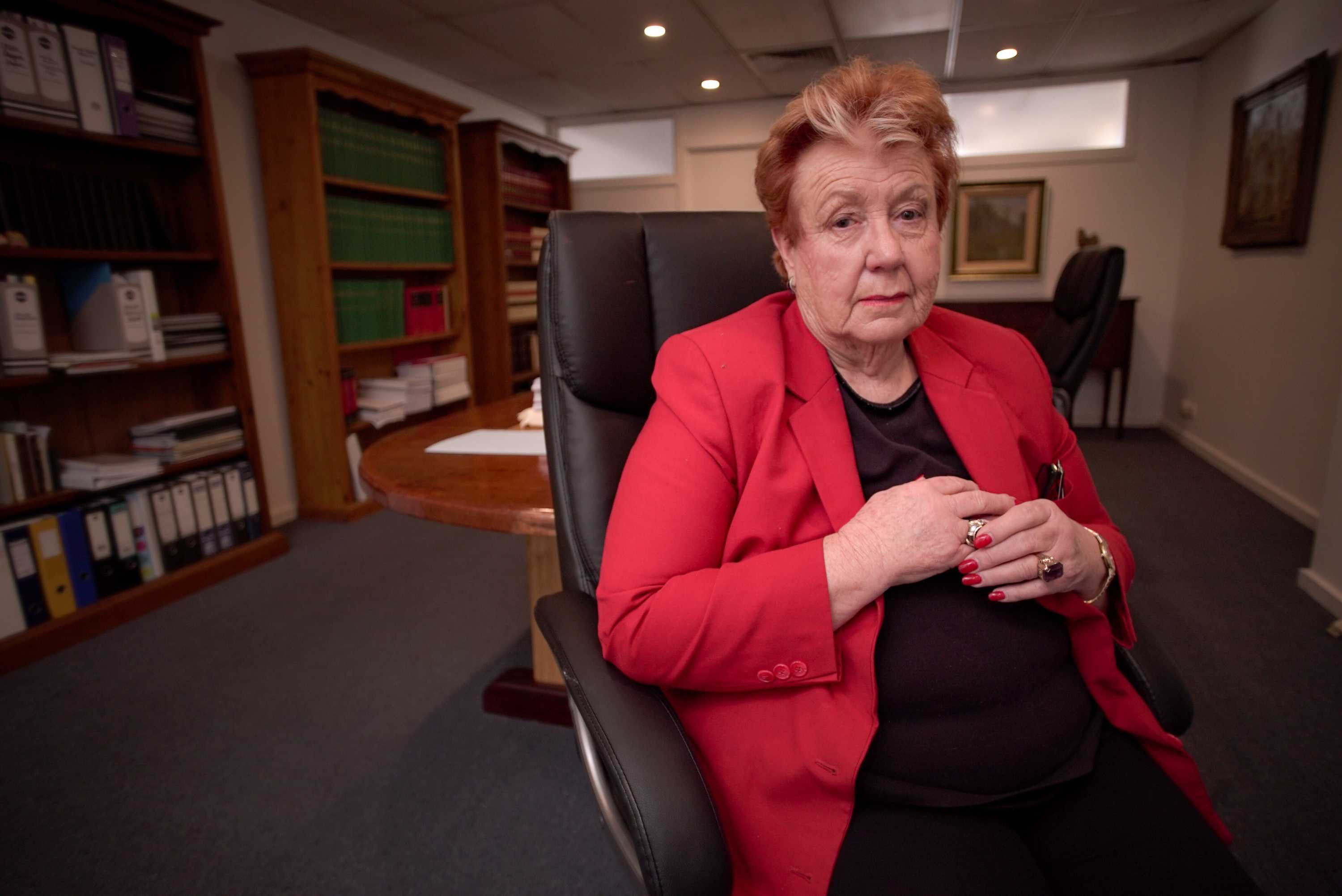The impending release of Mark Ray Haydon, an accomplice in the horrific Snowtown “bodies-in-barrels murders” orchestrated by John Justin Bunting and his cohorts, is causing significant distress and reigniting trauma for victims’ families in South Australia. Haydon, who aided in concealing the gruesome crimes, is set to be freed in May upon completion of his 25-year sentence, without any parole restrictions or ongoing supervision.
This development has sparked public outcry and legal debate, questioning the justice system’s capacity to address the profound impact of these heinous acts, even on those who were not directly convicted of murder but played a crucial role in the John Bunting Murders saga.
The Shadow of the John Bunting Murders: Haydon’s Impending Freedom
Mark Ray Haydon’s 25-year sentence, a consequence of his involvement in concealing the infamous Snowtown killings – often referred to as Australia’s most depraved serial murders led by John Justin Bunting – is drawing to a close. Haydon’s role in these crimes involved aiding in the cover-up of seven murders, including that of his own wife, and storing barrels containing victims’ remains at his residence before they were infamously discovered in a Snowtown bank vault.
The Snowtown murders, masterminded by John Justin Bunting, alongside Robert Joe Wagner and James Spyridon Vlassakis, are etched in Australian criminal history for their barbarity and the chilling betrayal of trust. Victims were subjected to unimaginable torture and murder by individuals within their close circles.
 The Snowtown bank building.
The Snowtown bank building.
The former bank building in Snowtown, South Australia, became infamous after eight victims of the John Bunting murders were discovered in barrels inside its vault in 1999.
The prospect of Haydon’s release has understandably devastated relatives and friends of the victims. While legal experts acknowledge the limitations of current laws to extend his imprisonment, the release reopens deep wounds associated with the John Bunting murders and raises concerns about community safety and justice for the victims.
Haydon’s Role in the John Bunting Murders: Conviction for Cover-Up, Not Murder
Between 1992 and 1999, the John Bunting murders claimed the lives of 11 individuals. Eight of these victims were discovered in barrels within a disused bank vault in Snowtown in May 1999, shocking the nation and exposing the depths of the depravity orchestrated by John Bunting and his accomplices. While a total of 12 deaths have been linked to the group, murder convictions were specifically secured for three of the perpetrators.
Mark Ray Haydon, now 65, was never convicted of murder himself. However, he was found guilty of assisting John Bunting and others in concealing the deaths of seven victims. Despite not being directly involved in the killings, Haydon received a 25-year sentence for his role in obstructing justice, a term exceeding the minimum non-parole period for murder in South Australia, as legal expert James Marcus from the SA Law Society Criminal Law Committee points out.
“Under the existing laws… once a person has completed the sentence that was imposed upon them, then they are released from custody,” Mr. Marcus explained, highlighting the legal framework that mandates Haydon’s release despite public sentiment and the gravity of the John Bunting murders.
 Mark Ray Haydon, Robert Joe Wagner and John Justin Bunting.
Mark Ray Haydon, Robert Joe Wagner and John Justin Bunting.
A courtroom sketch depicting Mark Ray Haydon alongside John Justin Bunting and Robert Joe Wagner, the central figures in the Snowtown “bodies-in-barrels murders” case, during their trial in the early 2000s.
Mr. Marcus emphasizes the court’s perspective on Haydon’s offense: “That gives you a good comparator of how the court viewed this particular example of [the offence of] ‘assist offender’,” indicating the severity with which Haydon’s actions were judged, even if not murder itself.
He further elaborates on the principles of sentencing, including rehabilitation: “Ultimately, the punishment must fit the crime and one of the primary purposes — along with punishment, deterrence and community protection — is also rehabilitation of offenders… It’s been shown it is much more effective if someone can be rehabilitated into the community.” However, for the families impacted by the John Bunting murders, the concept of rehabilitation for someone involved in such horrific acts is difficult to reconcile with their enduring pain.
“Unimaginable Trauma”: Victims’ Families Face Haydon’s Release
Haydon’s descent into the orbit of the John Bunting murders began when he agreed to assist in assaulting Troy Youde in 1998, based on unfounded allegations. This act marked his entanglement in the brutal events orchestrated by Bunting and his associates.
 Court sketch of Snowtown accomplice Mark Ray Haydon sitting in the dock.
Court sketch of Snowtown accomplice Mark Ray Haydon sitting in the dock.
A court sketch of Mark Ray Haydon in the dock during proceedings related to the Snowtown murders, where he was tried for assisting the offenders.
Despite claiming to have retreated during the assault on Mr. Youde, Haydon remained silent while fully aware of the torture and murder taking place. Troy Youde became the seventh victim in the John Bunting murders spree. Subsequently, four more individuals met similarly gruesome fates before the killers were apprehended, including Haydon’s own wife, Elizabeth.
 Snowtown bodies-in-the-barrels victim Elizabeth Haydon.
Snowtown bodies-in-the-barrels victim Elizabeth Haydon.
Elizabeth Haydon, wife of Mark Ray Haydon, was tragically among the victims of the Snowtown murders. Her death was one of the seven murders her husband was convicted of assisting in concealing. (The Advertiser)
Sarah Quick, South Australia’s Victims of Crime Commissioner, emphasizes the ongoing suffering of the victims’ families directly affected by the John Bunting murders. “Contemplating the fact that Haydon will be released is very difficult for them,” Ms. Quick stated, highlighting the irreconcilable disparity between Haydon’s potential for a fresh start and the permanent loss and trauma endured by the families.
The court records detail Haydon’s numerous opportunities to alert authorities and halt the escalating violence of the John Bunting murders. Instead, he actively chose to assist the perpetrators, further compounding the agony for the victims and their loved ones.
Legal Avenues and Community Safety Concerns Post-Haydon Release
Haydon’s involvement extended to concealing the bodies of John Bunting murders victims, some dismembered, at his Smithfield Plains residence. He actively participated in the cover-up of his wife’s murder, misleading her family about her whereabouts. When Elizabeth Haydon’s brother approached the police, Mark Haydon aided in relocating the barrels containing bodies, culminating in the infamous co-signing of a lease for the Snowtown bank, which became the final, horrifying repository of the John Bunting murders’ remains.
 A road sign outside Snowtown on the Augusta Highway.
A road sign outside Snowtown on the Augusta Highway.
A road sign marking the entrance to Snowtown, a town forever linked to the “bodies-in-barrels murders,” though none of the perpetrators or victims were originally from the town itself.
Legal expert James Marcus suggests a potential legal avenue for Attorney-General Kyam Maher to pursue. This involves applying to the Supreme Court to designate Haydon as a high-risk offender under existing legislation typically aimed at murderers and serious sex offenders. While this designation wouldn’t prevent Haydon’s release, it could impose post-release supervision, mirroring parole conditions.
“If the argument were accepted that [assisting an offender in a murder] is perverting the course of justice, then Mr Haydon would be covered by this legislation,” Mr. Marcus explained. This interpretation could allow for an extended supervision order, potentially including restrictions on residence, movement, associations, and electronic monitoring – measures aimed at mitigating any perceived risk to the community following Haydon’s release after his involvement in the John Bunting murders cover-up.
Government Seeks Advice Amidst Public Anxiety Over Release
A state government spokesperson confirmed that they are actively seeking legal counsel regarding the situation. “The safety of the community and securing justice for victims are key priorities of the state government,” the spokesperson stated, acknowledging the public concern surrounding Haydon’s release in connection to the John Bunting murders.
 Lawyer James Marcus at a desk.
Lawyer James Marcus at a desk.
Lawyer James Marcus discussing the legal complexities surrounding Mark Ray Haydon’s impending release and the potential for extended supervision orders.
Haydon had previously been eligible for parole in 2017, but his application was denied. While another parole application from 2021 remains active, Frances Nelson KC, Presiding Member of the Parole Board, acknowledges the high likelihood of Haydon’s release due to the expiration of his full sentence.
“His head sentence expires in a few weeks, so of course he will be released,” Ms. Nelson stated, emphasizing the legal inevitability of his freedom while also mentioning the possibility of an extended supervision order if the court deems it appropriate.
 Frances Nelson QC
Frances Nelson QC
Frances Nelson KC, Presiding Member of the Parole Board, comments on the likely release of Mark Ray Haydon and the potential for post-release supervision. (ABC: Lincoln Rothall)
Attorney-General Kyam Maher highlights the changed legal landscape since the John Bunting murders. The introduction of a specific offense for concealing human remains in 2022, carrying a potential 15-year sentence per offense, underscores the evolving legal response to such acts. “There is a possibility he meets the requirement of the high-risk offender scheme and we are seeking advice on that right now,” Mr. Maher confirmed, indicating the government’s ongoing efforts to explore all available legal options to address the implications of Haydon’s release in the context of the John Bunting murders legacy.
John Bunting and Other Snowtown Killers: Life Sentences and No Remorse
In stark contrast to Haydon’s impending release, John Justin Bunting, the ringleader of the John Bunting murders, and Robert Joe Wagner received life sentences without the possibility of parole. Justice Brian Martin deemed their crimes so heinous that they should never be released, reflecting the extreme brutality and calculated nature of the John Bunting murders they orchestrated.
Robert Joe Wagner’s bid for a non-parole period in 2019 was rejected due in part to his refusal to express remorse for what was described as “the worst crimes ever to be detected in South Australia,” further solidifying the judicial stance against any potential freedom for the key perpetrators of the John Bunting murders.
James Spyridon Vlassakis, who pleaded guilty to four murders and provided crucial testimony against Bunting and Wagner, also received a life sentence, but with a non-parole period set at 26 years. Vlassakis is expected to be eligible to apply for parole next year, marking another potentially painful chapter for the families still grappling with the aftermath of the John Bunting murders.
The release of Mark Ray Haydon, while legally mandated, serves as a stark reminder of the enduring pain and unresolved justice surrounding the John Bunting murders, prompting ongoing discussions about legal frameworks, victim support, and community safety in the wake of such horrific crimes.
